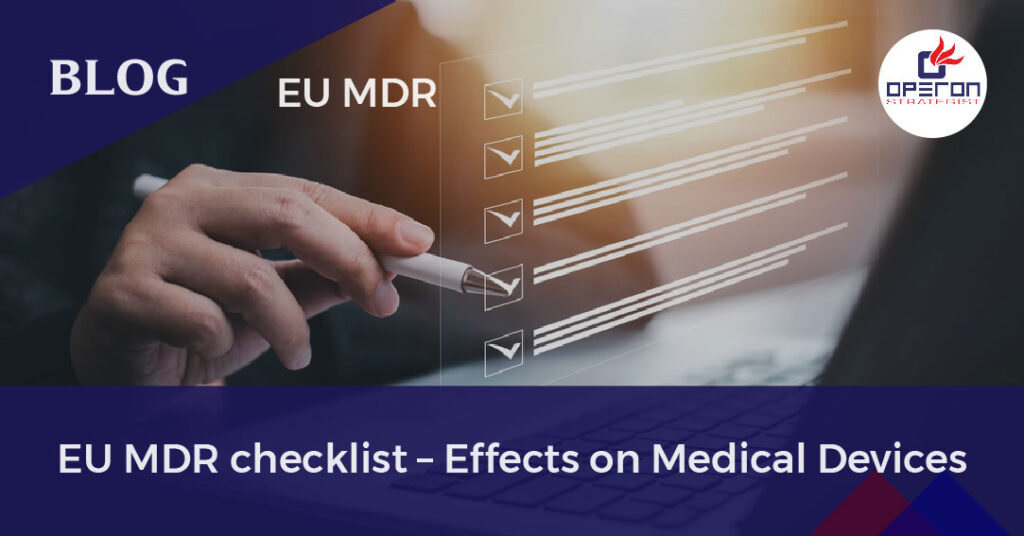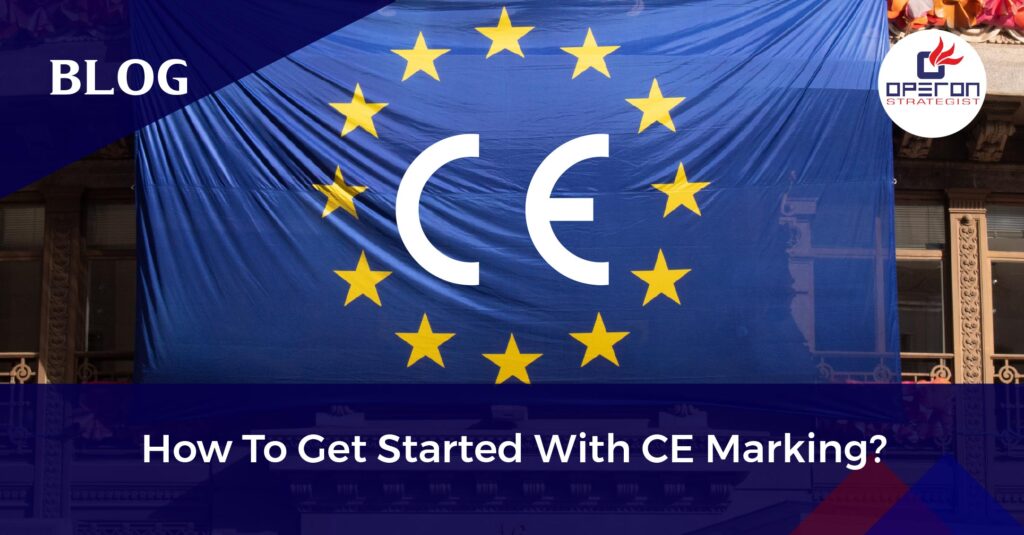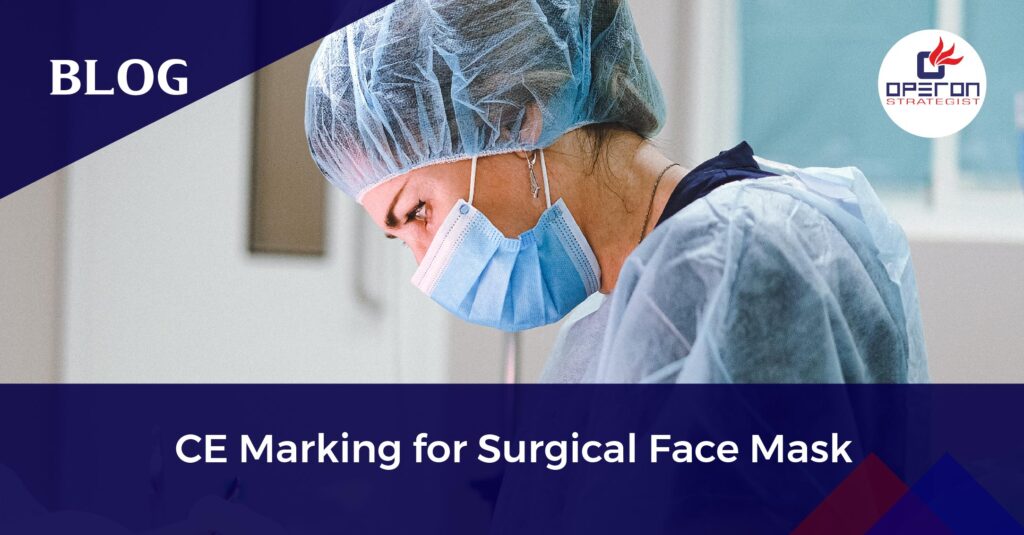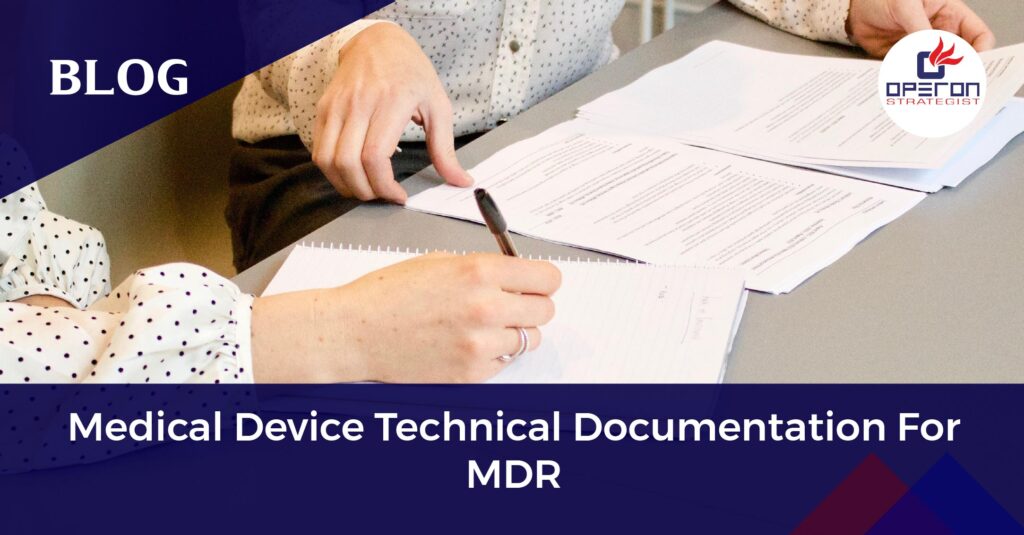Overview Of EU MDR checklist – Effects On Medical Devices
EU MDR checklist The European Medical Device Regulation establishes minimum safety and quality requirements for medical devices made or imported into Europe. It underwent significant changes in 2017 to promote transparency through standard data, technological advancements, and the establishment of an EU (EUDAMED) database.
While the MDD was only a series of guidelines, the MDR is legally binding on EU member states. To prepare for the new EU MDR checklist, several medical device makers are conducting gap analyses and developing EU MDR transition action plans. With May 2020 approaching, we realize the need to have a clear grasp of the most significant topics to address, thus we created an EU MDR checklist with actionable technical documentation requirements. Our regulatory expert team understands the latest laws, and as a CE mark medical device consultant, we provide technical files to ensure that the manufacturer meets all EU device production demands.
Looking For a Medical Device Regulatory Consultant?
Let’s have a word about your next project
Both the EU MDR and the EU IVDR provide detailed information on General Safety and Performance Requirements (GSPRs) for medical device designers and manufacturers. The general needs for each overlap with one another and include the following:
- Devices must perform in a way that aligns with the intended design.
- They must not compromise the health or safety of a patient, user, or any other person associated with the device.
- Risks must be reduced as much as possible, but not so much that they negatively affect the ratio of benefit to risk.
- Device manufacturers must implement and maintain a thorough, well-documented, and evaluative risk management system that continues to be updated throughout the life cycle of a device.
- Manufacturers and designers must include any necessary measures for protecting users in cases where risks cannot be eliminated.
- Manufacturers must provide users with information about any potential risks that remain. This information must be clear, easy to understand, and considerate of the user’s technical knowledge level, use environment, and any applicable medical conditions.
- Devices must withstand the stresses of normal use for the duration of their lifecycle.
- Devices must be designed, manufactured, and packaged in a way that protects them from damage during transport and storage.
- When it comes to risks and negative side effects that are known and foreseeable, designers and manufacturers must make every effort to minimize negative outcomes. They must also ensure that potential risks are acceptable when compared to the potential benefits of a device to its users.
By early 2020, medical device companies should have completed several tasks to meet the May 26 deadline:
Product Scope:
The MDR covers a broader variety of items than the Medical Device Directive (MDD) that it replaced. For example, new MDR requirements include a wide range of items and devices with no defined medical function, such as lotion or gel dispensers, colored contact lenses, and throat lozenges. In addition, the regulation’s legal text includes 22 rules for determining an in-scope product’s classification, which informs reporting requirements.
Gap Analysis:
After product scoping, organizations should determine the necessary data to verify compliance. Depending on the scoping and classification efforts, certain goods may simply require little data and self-certification, while others will necessitate substantially more work. Leveraging data sets under the MDD enables businesses to determine the data they have and the information they will need to obtain from their supply chain.
Gather Data:
According to Section 10.4 of the EU MDR checklist, firms must gather a comprehensive range of data on substances used in medical device manufacturing and submit this data on a per-article basis. To gather this information, extensive supplier interaction is required to collect declarations on the substances, parts, and materials covered by the rule.
Validate Data:
After data is acquired, it must be confirmed and verified. Regardless of the data necessary for a product, all products must have proof of an approved quality management system and a technical file. Using a cloud-based platform solution, such as the Assent Compliance Platform, allows businesses to efficiently collect and manage this data.
Prepare technical files for Notified Body Approval. The data acquired through an EU MDR compliance program must be collated into an exact technical file for each product covered by the law. These technical data are subsequently forwarded to designated bodies, who certify the product.
Medical device makers have been scrambling to fulfill the new MDR’s May 26, 2020 implementation deadline. The European Commission is developing a strategy to ask the European Parliament and Council in early April 2020 to postpone the implementation of the present Medical Device Regulation (EU MDR) by one year due to the coronavirus pandemic. This measure aims to minimize the pressure on healthcare systems.
A one-year delay in the implementation of MDR will represent a substantial shift in EU strategy. This will relieve the strain on notified body authorities and the medical device sector, allowing them to focus entirely on pressing objectives relating to the coronavirus outbreak. Despite the likely delay in MDR and IVDR deployments, most medical device manufacturers still have a lot of work to do to be prepared when the shift occurs. The delay in application affects medical device manufacturers and notified bodies authorized under current and prior directives.
Need Expert Guidance on EU MDR Compliance?
For over a decade, Operon Strategist has led in medical device regulatory consulting, offering prompt, reliable services. Our experts understand the latest EU MDR laws and provide comprehensive technical documentation and actionable checklists to ensure manufacturers meet CE mark requirements. Contact us for expert guidance.
- adminhttps://operonstrategist.com/author/admin-2/
- adminhttps://operonstrategist.com/author/admin-2/
- adminhttps://operonstrategist.com/author/admin-2/
- adminhttps://operonstrategist.com/author/admin-2/




